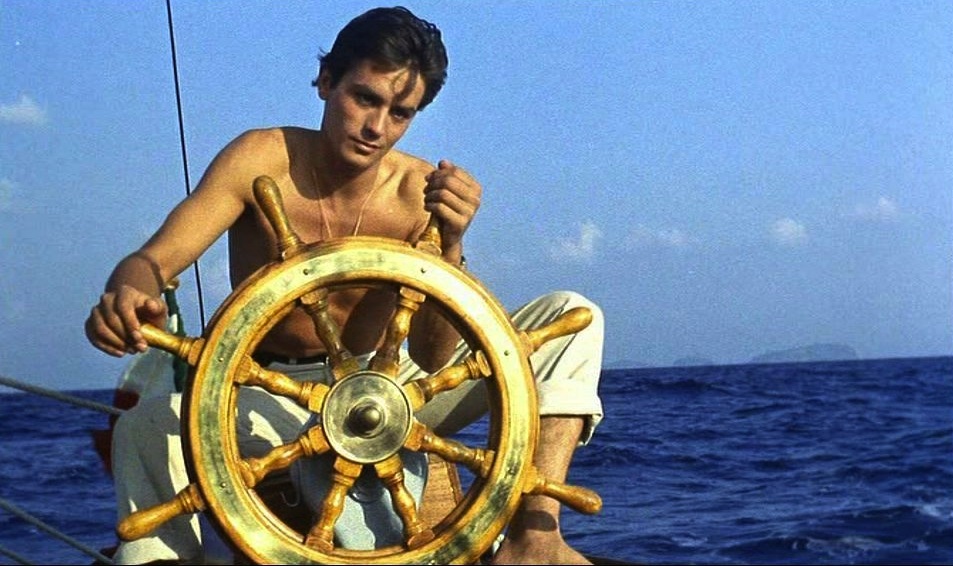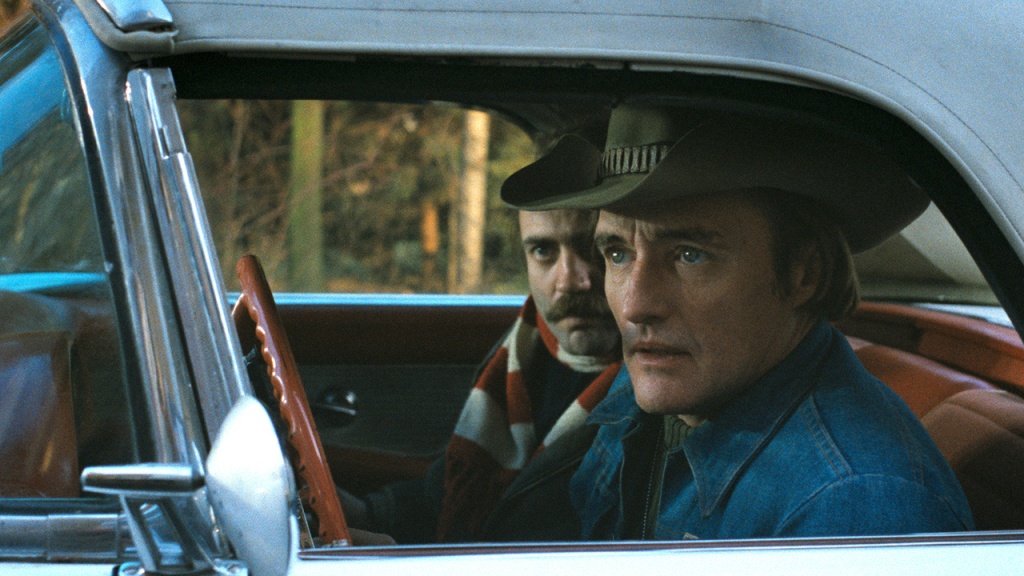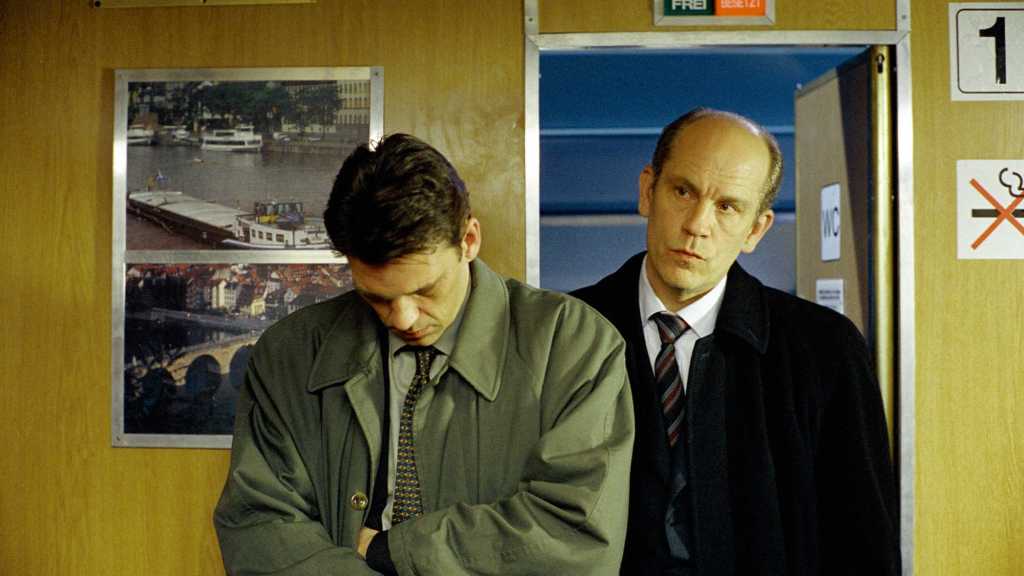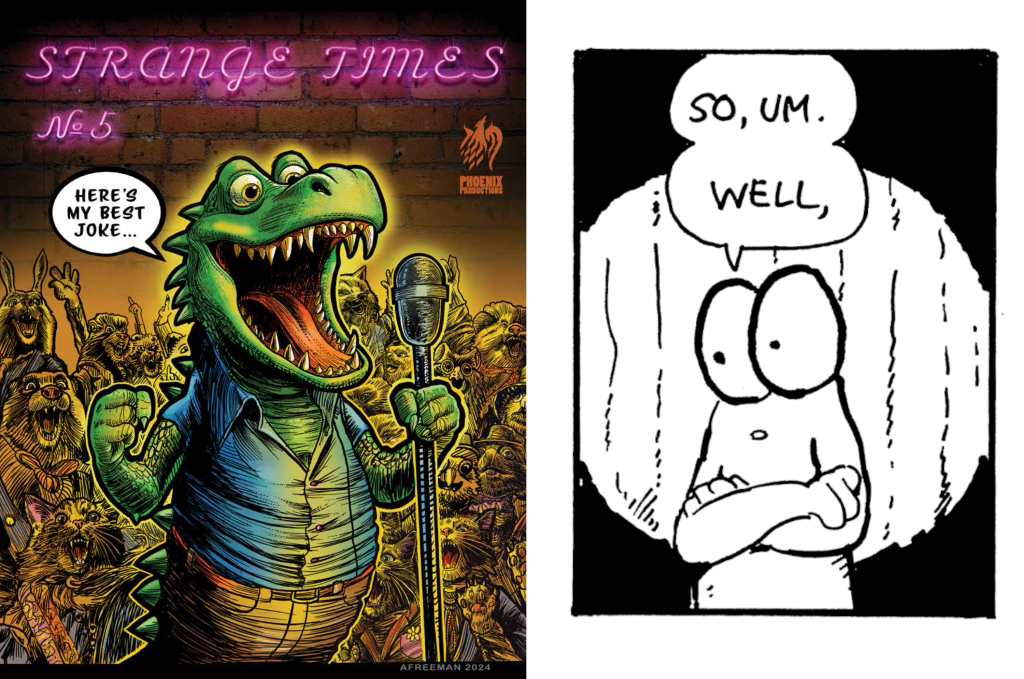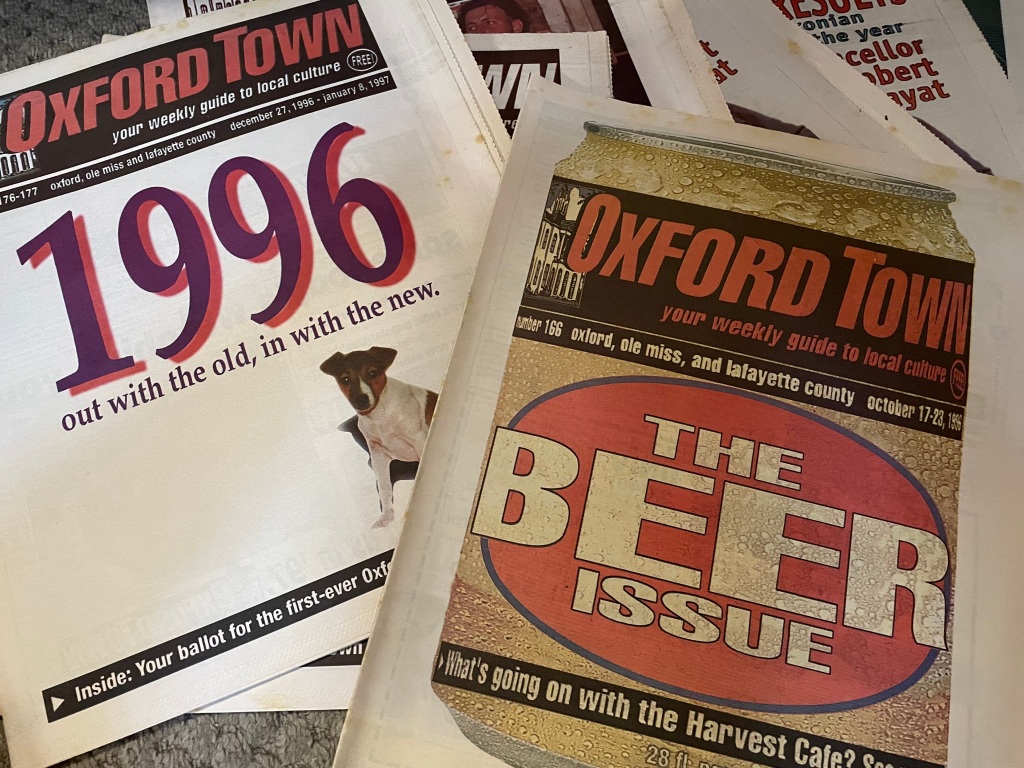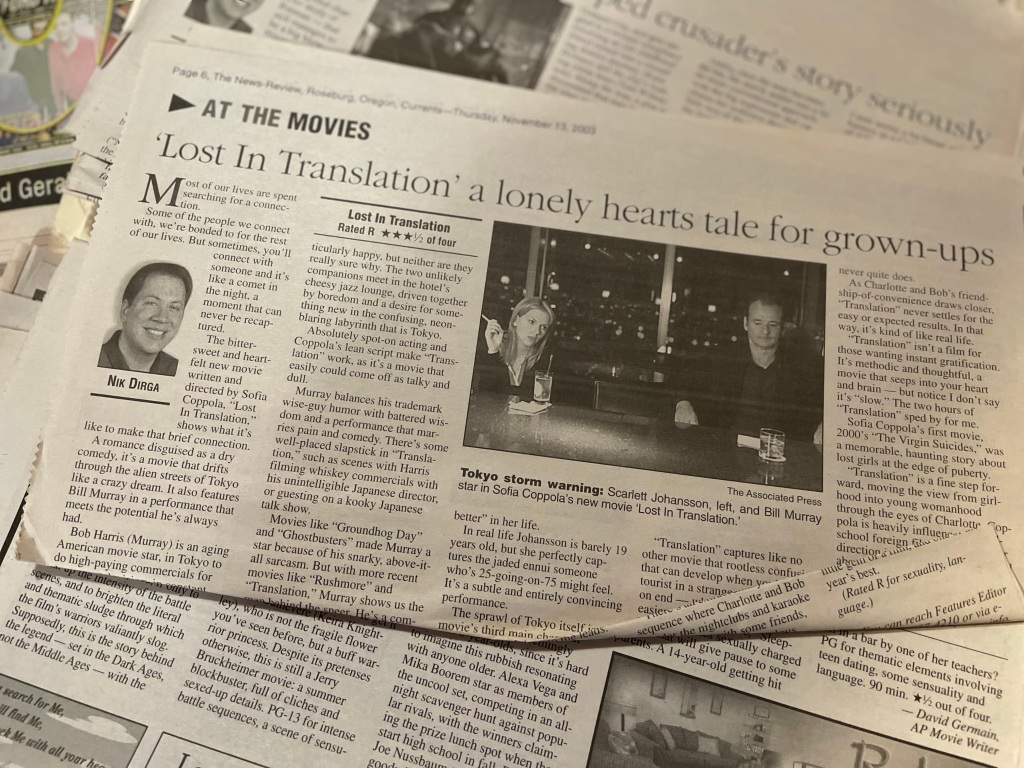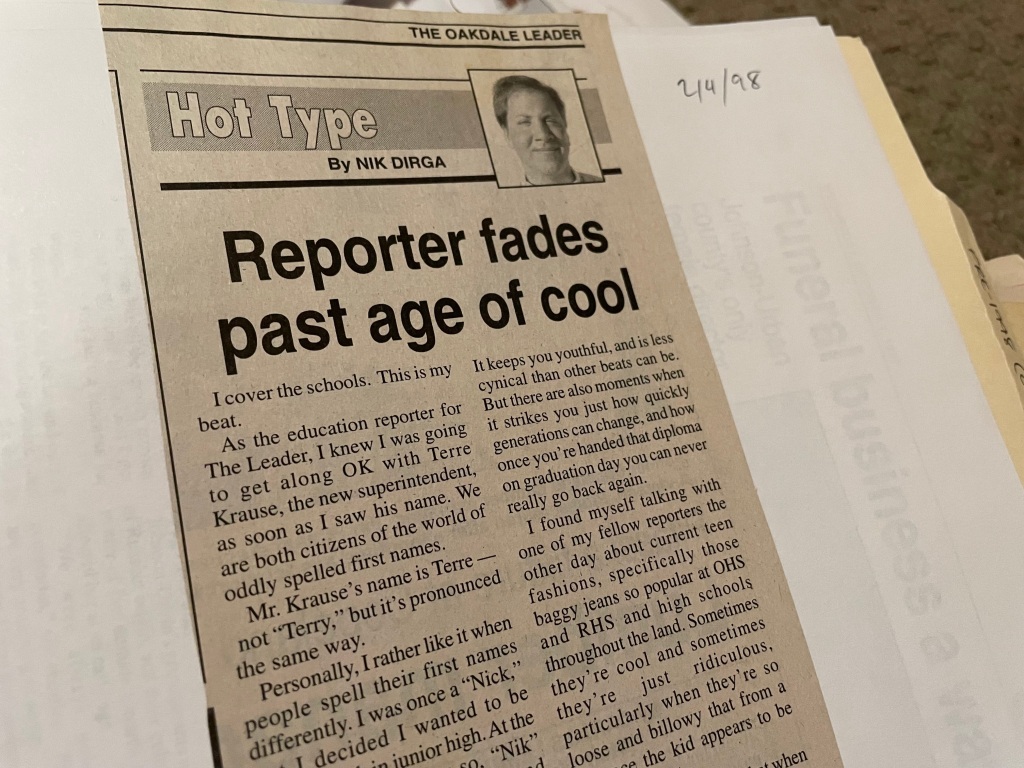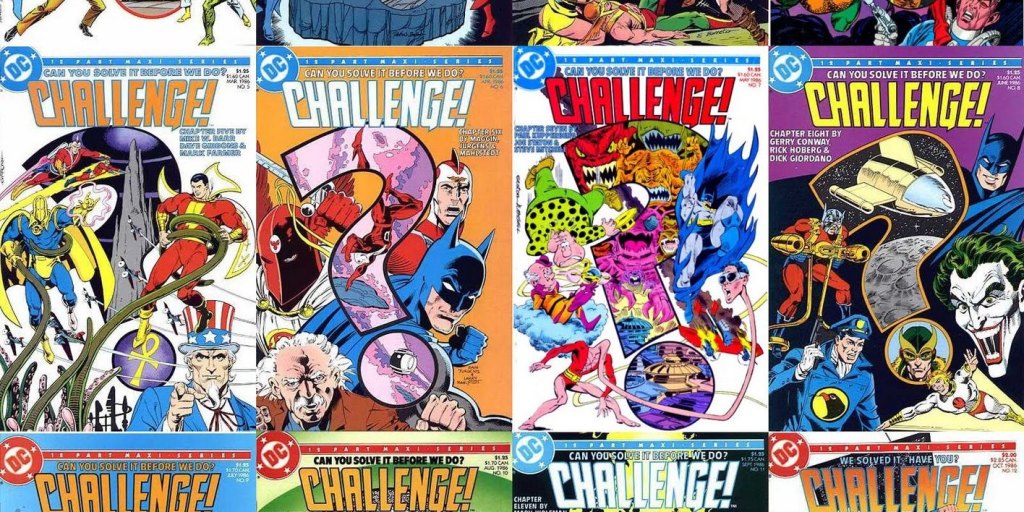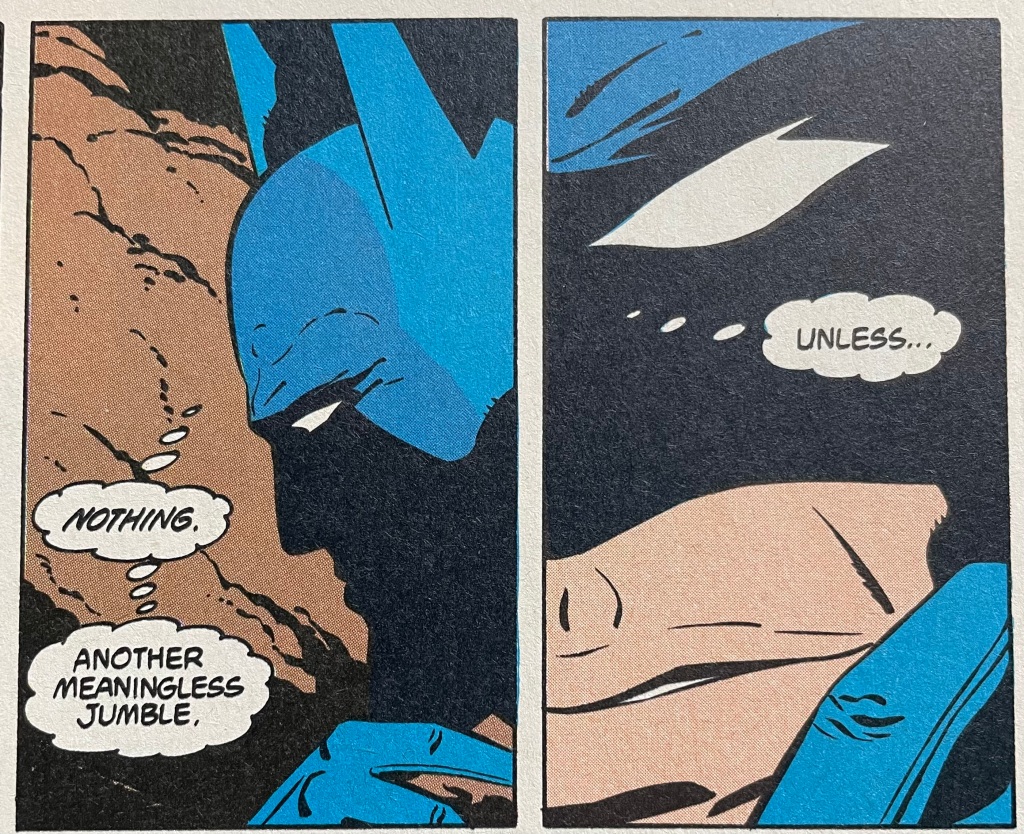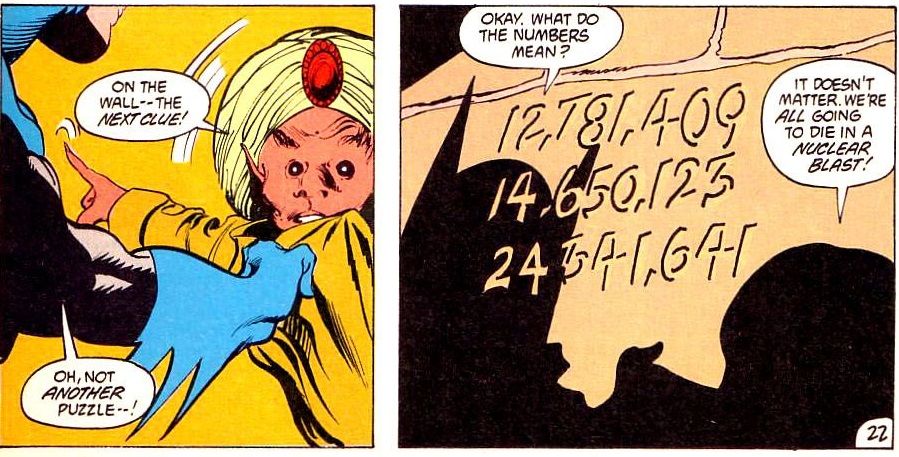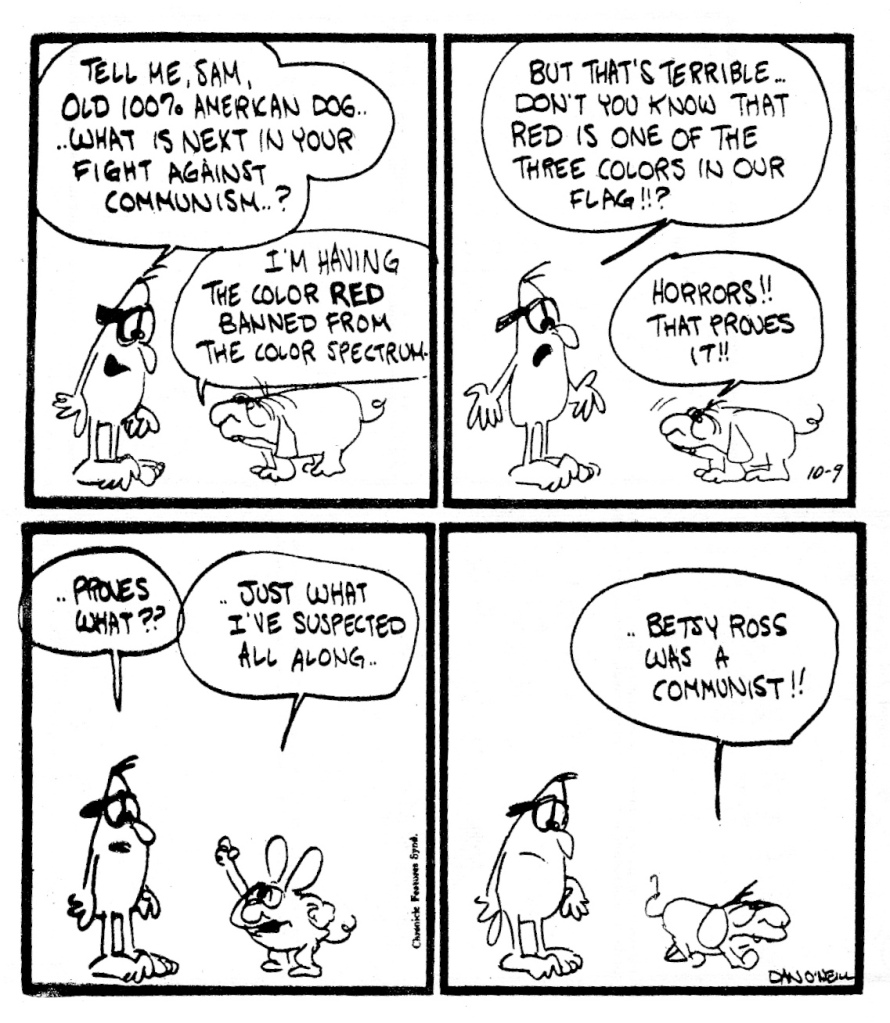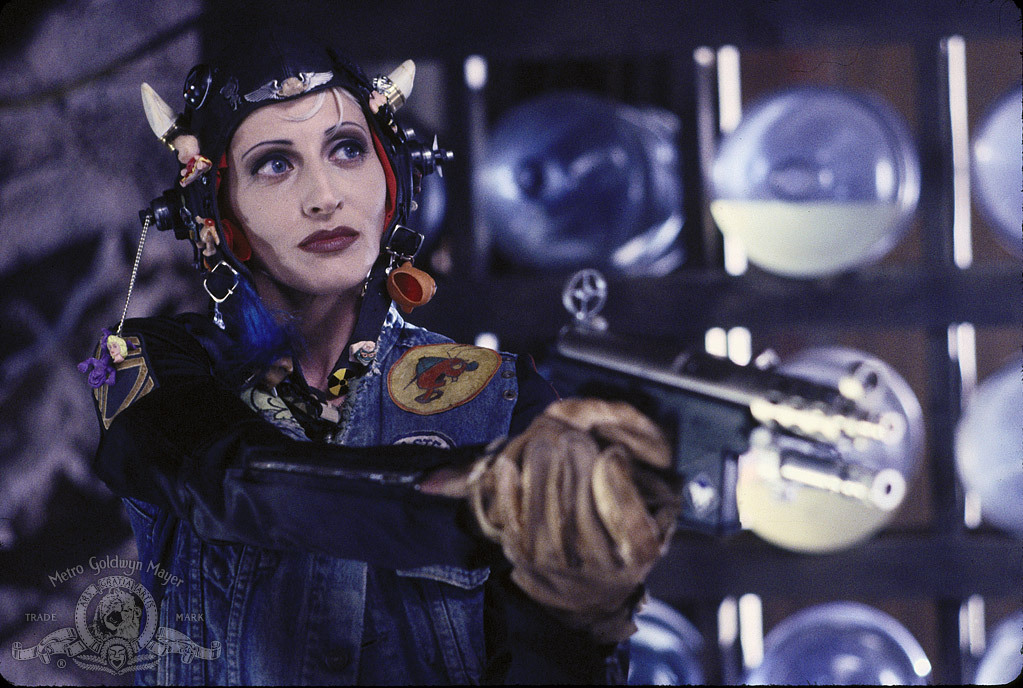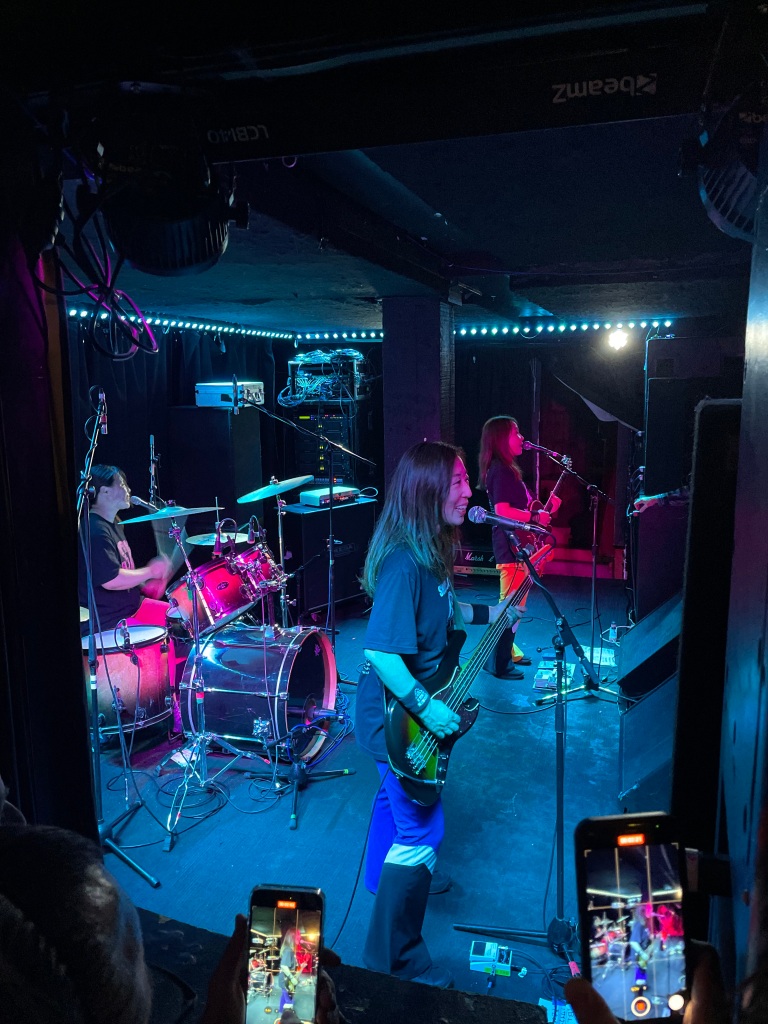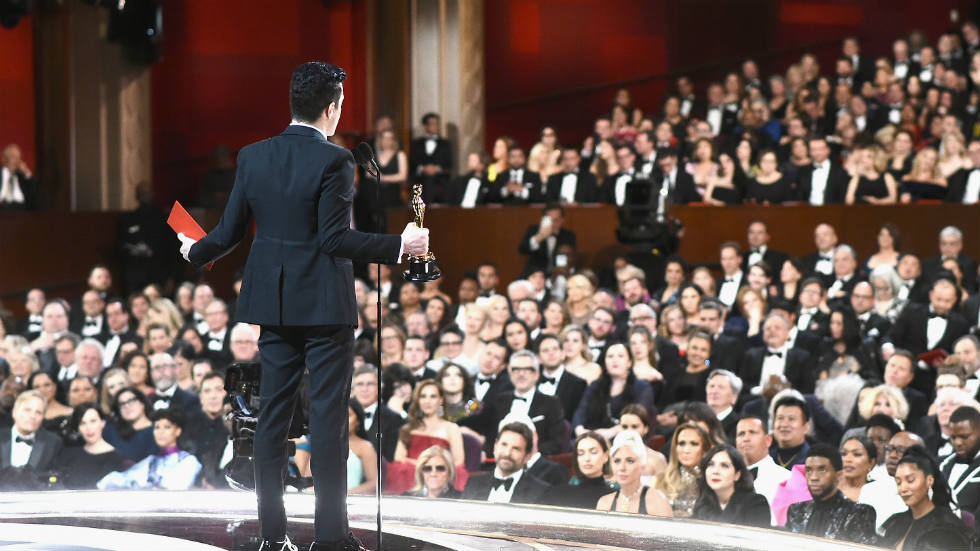
The 90s are having a moment.
There’s something about this year in particular, where every time I turn around I see headlines blaring the 30th anniversary of things I lived through and considered cultural touchstones in my life – the death of Kurt Cobain, OJ Simpson’s freeway chase, the release of Pulp Fiction, the debut of Friends, whathaveyou. Watching elements of your life turn into nostalgia is always strange.
And then there’s the Dandy Warhols, Portland, Oregon’s psych-pop cult sensations, who hit Auckland on their 30th anniversary tour this week. How is a band I still kind of think of as new-ish turning thirty, for crying out loud? But the Dandys still put on a spirited and rollicking old-school rock show at Auckland’s Powerstation, even if the band is – cough cough – like yours truly entering their 50s now.
The Warhols never quite ascended to the level of superstars like Pearl Jam or Green Day, but in some ways that’s their strength – they’ve felt free to play around in the murky area between hummable pop nuggets and sprawling psych-jams.
Live or on record, the Dandys have never quite settled on one signature sound – the impossibly catchy stuff of singles like “Bohemian Like You” and “We Used To Be Friends,” the yearning drone of druggy anthems like “You Were The Last High” and “Godless” or the clattering, Velvet Underground-adjacent jam of “I Love You.” Most of their hits got a workout in Auckland as well as some twisty new gems from their latest album Rockmaker. (The bouncy single “Summer Of Hate” really captures that caught-in-purgatory 2024 vibe well.)
Courtney Taylor-Taylor still has the easy charm of the pin-up frontman, while terrific drummer Brent DeBoer, guitarist Peter Holmström and keyboardist / bass / singer Zia McCabe all clicked with an effortless precision. The show perhaps lacked that spark of unpredictability and closing without an encore sapped the buzz a bit, but at their best the Dandys cooked up a warm singalong atmosphere with the honed skill that comes with having done this for (gasp) 30 years now.
The Dandys are always married in the popular imagination with another 1990s band, The Brian Jonestown Massacre, whom they costarred with as the subjects of one of the great music documentaries, 2003’s DIG! The documentary follows the steady rise of the Dandys and the clattering collapse of the Massacre and its unhinged frontman Anton Newcombe, and it’s a classic time capsule of 1990s alternative rock struggles.
Both bands started together and hung out a lot, but while the Dandys courted major labels and huge European crowds, Newcombe’s violent eruptions left that band a heap of “what ifs” in music history.
Rewatching DIG! again, the music scene has changed so much in the more than 20 years since that documentary came out that it’s like watching an alternative universe – no TikTok, no viral fans, just the hard graft of touring, magazine profiles and both bands constantly worrying about “selling out” (a concept which, as Chuck Klosterman has pointed out, has pretty much ceased to exist these days when everyone’s selling themselves in bite-size video pieces).
Long after DIG! the Warhols are still steadily driving along and while true music superstardom seems reserved for the Taylors and Beyonces of today, their big NZ/Aus tour is sold out and the Powerstation was jammed with appreciative fans Monday night. The Brian Jonestown Massacre are also still going, to this day, with their own fanbase, but carnage still follows them – they recently ended a New Zealand/Australian tour with a massive brawl on stage – the kind of thing that might have seemed edgy in your 20s but seems kinda sad when the band members are all well into middle age, frankly.
With DIG! it kind of felt like the story was that Anton Newcombe was some underappreciated genius and the Warhols too eager to court fame with their chill professionalism. (A failing of DIG! is we’re constantly told about Anton’s genius without really ever seeing evidence of it.) As I watch it now, Anton’s clear mental illness seems starker and his rambling music honestly lacks the snap and charm of the Dandys’ best tunes. Did the Dandys “sell out” and the Massacre get betrayed by corporate frauds? Or did the Dandys knuckle down and do the hard work and the Massacre succumb to its own pretensions?
At one point in DIG!, Newcombe rants, “I’m here to destroy this fucked up system. I will do it. That’s why I got the job. I said let it be me; I said use my hands. I will use our strength. Let’s fuckin’ burn it to the ground!”
Meanwhile, the Dandys opened up their Auckland show with the still stinging little satire “Not If You Were The Last Junkie On Earth,” where Courtney croons, “I never thought you’d be a junkie because heroin is so passe.” And so we all sang along about heroin. The Dandys gently mock the culture that spawned them, and somehow, they’ve survived. Does anyone care about selling out anymore?
Also in that same song: “You never thought you’d get addicted, just be cooler in an obvious way.”
Part of us is all still about chasing cool, whether it’s the 1990s or the 2020s. Hey hey hey.


